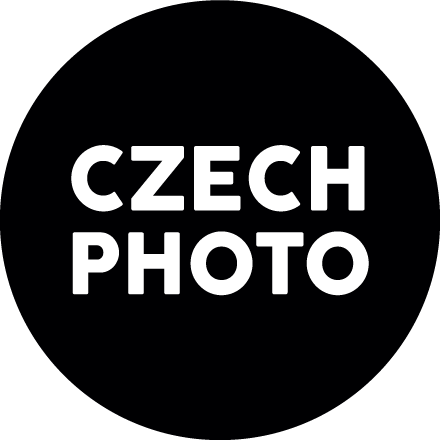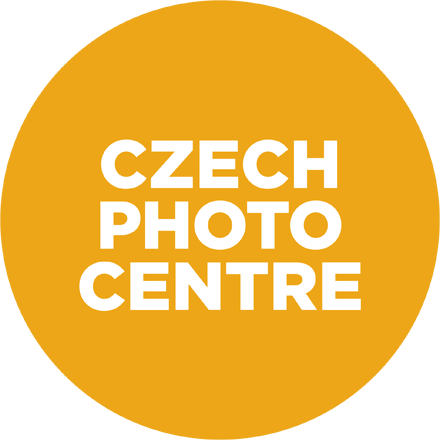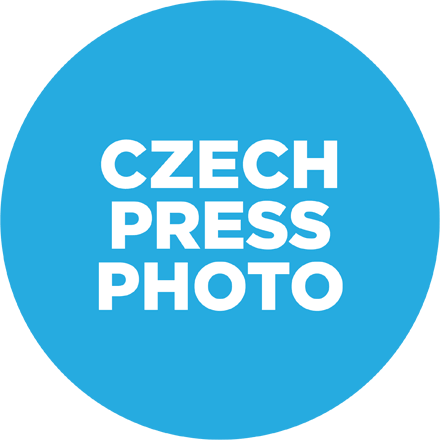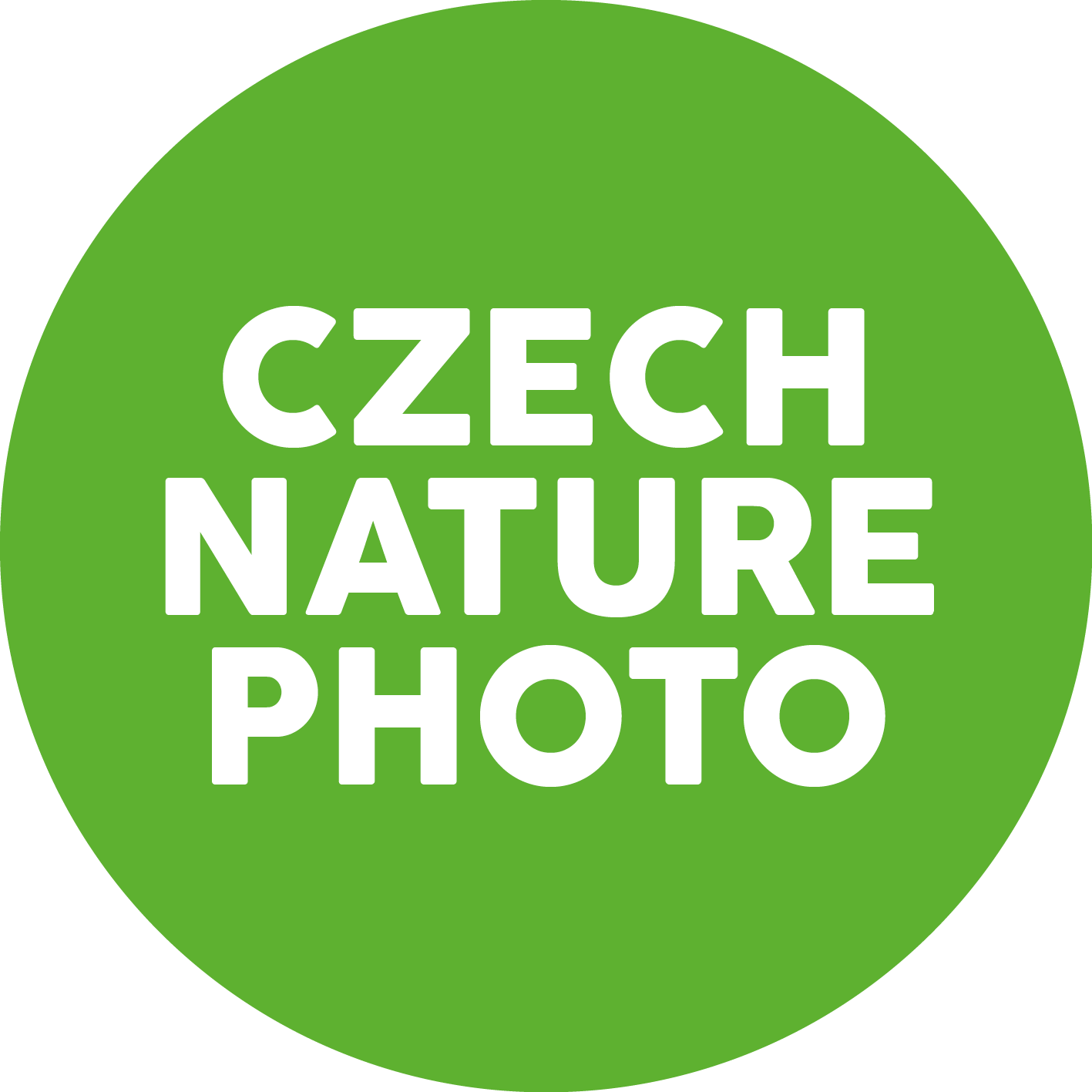




Vítejte ve virtuální prohlídce výstavy Romana Vondrouše Fragmety metropole 2020.
CZE: Roman Vondrouš se narodil v roce 1975 v Pardubicích, absolvoval magisterský program Institutu tvůrčí fotografie při Slezské univerzitě v Opavě. Nyní na stejné univerzitě pokračuje jako doktorand. Pracuje již řadu let jako fotoreportér České tiskové kanceláře. Je laureátem první ceny v prestižní mezinárodní soutěži World Press Photo 2013 v kategorii Sport a několikanásobným držitelem ocenění v národní soutěži Czech Press Photo včetně titulu Fotografie roku.
ENG: Roman Vondrouš was born in 1975 in Pardubice. He graduated from the Master’s program of the Institute of Creative Photography at Silesian University in Opava. He is now continuing at that same university as a doctoral student. He has already been working for many years as a photo reporter for the Czech News Agency. He is a first-prize laureate of the prestigious World Press Photo 2013 in the Sports category, and has won several awards in the national Czech Press Photo competition, including Photograph of the Year.
CZE: V březnu 2020 pandemie koronaviru dorazila do České republiky a vláda přistoupila k vyhlášení nouzového stavu. Ulice většiny měst se vyprázdnily, a to byla příležitost pro fotografy k zachycení záběrů všeobecně tíživé atmosféry. Ani na okamžik jsem neváhal a vyrazil do pražských ulic zachycovat tuto vpravdě historickou událost. Nejdříve jsem fotografoval hlavně v centru Prahy, ale po několika dnech mě napadla myšlenka, že bych mohl navázat na můj fotografický cyklus Fragmenty metropole, který vznikal kolem roku 2010 především na pražských sídlištích. A tak od začátku pandemie jsem doslova každodenně zaznamenával tuto nezvyklou dobu. Nejvděčnější náměty jsem samozřejmě nacházel na tradičních místech v Praze. Karlův most, Hradčanské náměstí a vlastně celá stará Praha jsou pro fotografy takříkajíc ikonickými místy. Nezapomínal jsem však ani na okrajové části města, protože situace s koronavirem se v jindy životem tepající metropoli zásadním způsobem promítla i zde.
Paralelně s fotografováním v ulicích Prahy jsem se věnoval zachycování portrétů cestujících projíždějícíh ve vagonech metra ve stanici Vyšehrad. Paprsky zapadajícího slunce, které v podvečer na několik málo okamžiků proudí do vestibulu této stanice, mě společně s výrazy cestujících v rouškách nebo respirátorech doslova fascinovaly. Z upřených pohledů pasažérů mnohdy až mrazilo, jako by si zde vozili jakési vlastní životní příběhy. Často jsem si pokládal otázku - o čem každý z nich v ten moment asi přemýšlí, jak každého z nich tato těžká doba asi zasáhla?
ENG: The coronovirus pandemic arrived in the Czech Republic in March 2020 and the government declared a state of emergency. The streets of most towns and cities emptied of people, representing an opportunity for photographers to capture shots of the universally solemn atmosphere. I didn’t hesitate for a second and set out for Prague’s streets to capture this truly historic event. First I took photos mainly in the city centre, but after a few days I got the idea of following up on my photography series, Fragments of the Metropolis , which I put together in around 2010 mainly from around Prague’s tower block estates. And so from the pandemic’s outset I recorded this extraordinary period literally every day. Naturally, I found my most rewarding subjects in traditional places in Prague. Charles Bridge, Hradčany Square and essentially the entire area of historical Prague are in essence iconic settings for photographers. But nor did I neglect places in the outskirts of the city, because the coronavirus situation was fundamentally reflected here too in a city at other times teeming with life.
Alongside taking photographs in Prague’s streets, I also captured portraits of passengers travelling in metro carriages at Výšehrad station. I found the rays of the setting sun, which penetrate the station’s hall for a short period in early evening, fascinating when shown alongside the expressions of the passengers in facemasks or respirators. The gazes of the passengers were often almost chilling, as if they were carrying their own life stories with them. I often posited myself the question – what is each of these people thinking about at this moment? How has this challenging period impacted them?